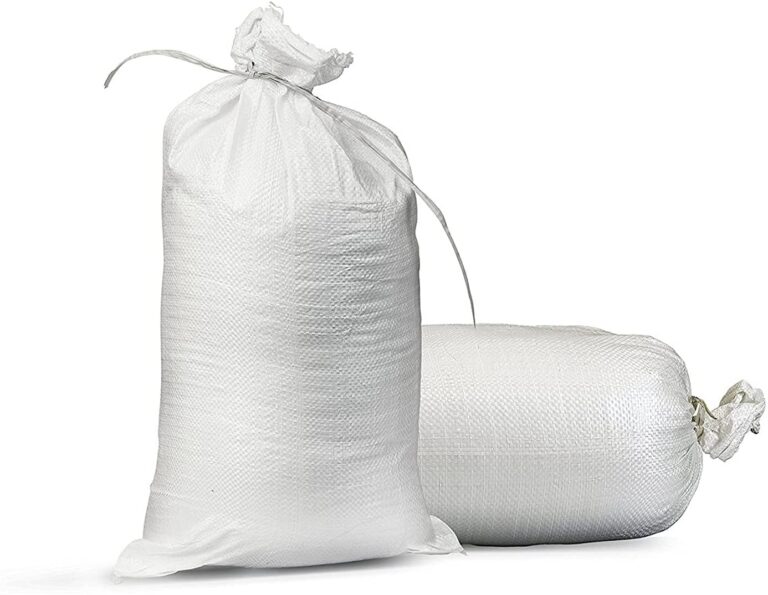
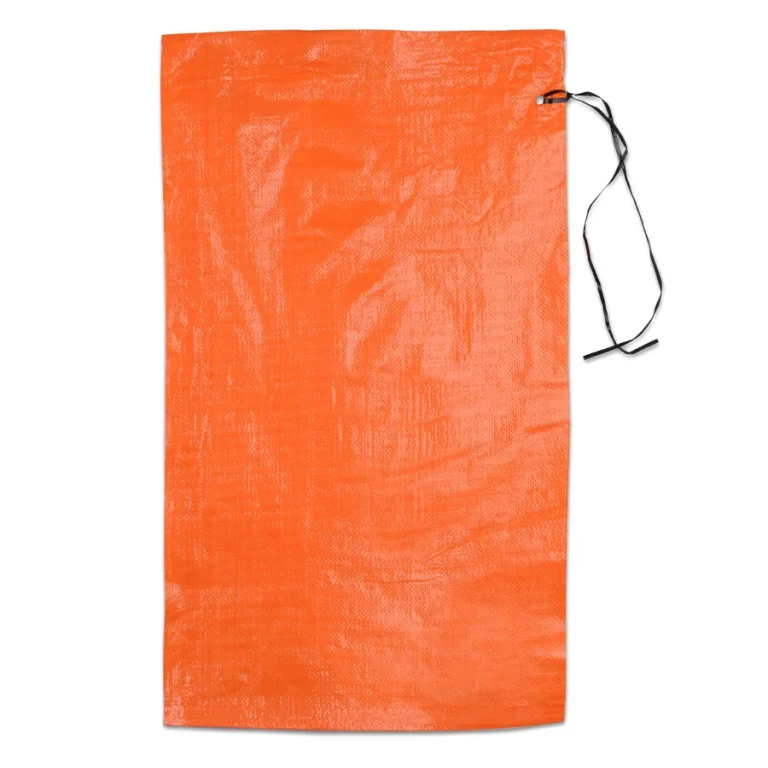
Economy Sandbags (Empty)
Economical, UV-resistant sandbags to divert water, build temporary retaining walls, stop floodwater, and ultimately protect your valuables.
- Standard military- and municipal-spec 14″x26″ sizing, with drawstring
- Available in white or high-vis orange
- Resilient material with 1600 hours of added UVI protection
Pallet pricing on sandbags available! Use the “Get A Quote” function below or call today!
Buying Sandbags Online – and Preventing Flood Damage – Has Never Been This Easy
Our economy, UV-resistant sandbags are an affordable, effective, and rapidly deployable solution to flooding, water damage, and to guard against erosion.
Protect your valuables – and your loved ones – with simple, effective sandbags from St. Boniface Bag Company.
Solve Water issues the easy and economical way – with sandbags!
Flooding is the number one natural disaster in North America, yet millions are left scrambling to head off rising water and protect homes and businesses when disaster strikes.
St. Boniface Bag Company is Manitoba’s top provider of sandbags for flood prevention and water control. Our team has deep experience as a wholesale sandbag supplier for prevention and flooding events throughout Canada and the U.S., and we specialize in rapid freight to get sandbags where they’re needed quickly.
Our “super” sand bags are a bulk bag designed for bulk filling of sand along bridges and large barriers. Our 35x35x42″ Bulk FIBC tote is a great option to consider for substantial projects.
Also available for rapid deployment are our filled sandbags!
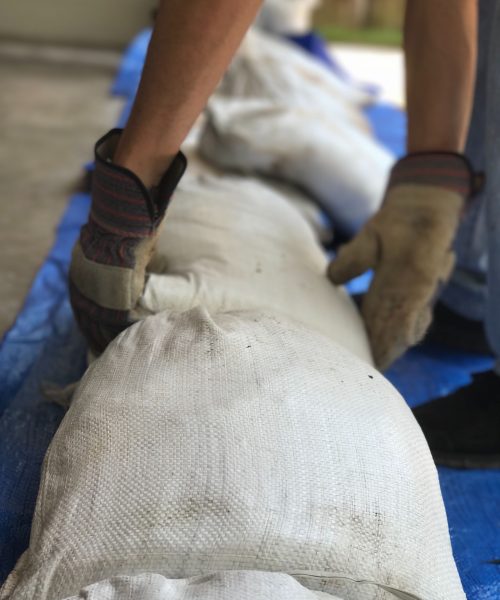
Order Empty Sandbags by the Pallet FAST!
Save even MORE on your sandbag order by buying in bulk!
Request a
Quote
Give us a call or fill out our bulk quote form and let us know what kind of bags you need.
We'll send
an Invoice
We will send over an invoice. Once the invoice is paid, we'll pick your order and let you know when it is ready to be shipped or picked up.
We Ship or you
Pick up your bags
We'll let you know right away when your order is ready. We'll happily ship your bags, or come visit us at our 5,000 sq. ft. warehouse in Winnipeg, Manitoba.
The Best Place To Buy Sandbags Online
St. Boniface Bag Company’s sandbags are an ideal flood prevention tool for a range of reasons.
- They’re durable, made with tight-woven polypropylene that’s dense and resistant to punctures and tears, and they can hold any dry material.
- They’re inexpensive and designed to last, with UV protection for prolonged deployment.
- These sandbags are easy to use for homeowners, municipal, and industrial bulk-use alike.
- They’re lightweight and packable for easy, inexpensive transport and storage when or where they’re needed.
- They’re the perfect size, at an industry-standard mil-spec 14” x 26” for bulk-fill applications and redeployment in almost any application.
- Available in white poly and UV-resistant orange.
Flood Control and Prevention
Property owners use our sandbags to safeguard property from rising waters during floods or rain, while municipalities often distribute sandbags to residents and businesses in flood-prone areas, aiding in flood damage mitigation.
Construction Site Stability
Construction companies rely on our sandbags for stabilizing equipment, securing materials, and erecting temporary barriers on job sites.
Erosion Control and Landscaping
The oil & gas industry and contractors frequently implement St. Boniface sandbags for erosion control along project sites, riverbanks, or hillsides, mitigating soil erosion and preserving natural habitats. Landscapers commonly integrate our sandbags to stabilize slopes, manage runoff, and enhance landscaping features in residential and commercial properties.
Military and Government Applications
Government agencies responsible for national defense or homeland security utilize sandbags strategically for defensive and stabilization measures.
Effective, Economical Sandbags For Water Control
When filled and stacked properly, sandbags can keep bulk water out incredibly efficiently and economically. Filled sandbags have been used for decades in water control, and St. Boniface poly bags are a modern take on what has now become a standardized implement for government, municipal, and individual water damage prevention.
With St. Boniface bags, building a sandbag water barrier is easy.
- Sandbags are filled to half- or three-quarters full, allowing bags to “mold” to the contours of their surroundings. This can be done rapidly with machine assistance or by hand.
- Sandbags should be stacked on an alternating pattern to create a resilient, water-resistant seam. Staggered stacking avoids continuous joints where seepage can occur along long barriers.
- For short-term events, we hear from customers who empty and store sandbags for future use, too.
Check Out Our Sandbag Wall Calculator!
These Inexpensive Sandbags Are Functional Across Tough Settings
Poly sandbags are remarkably versatile, and our customers span industries and use-cases. They’re ideal for barricade stability, erosion control, flood prevention, and in common ballast situations.
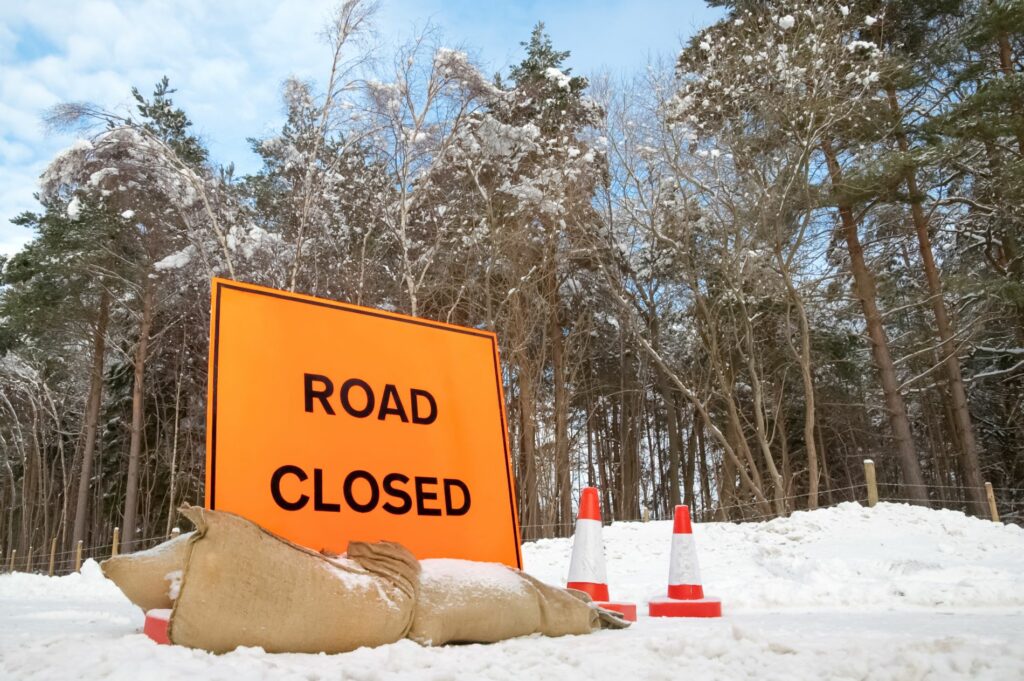
Infrastructure and Municipalities
When flooding strikes, poly sandbags can be filled and deployed quickly to reroute water and create critical retaining walls. Municipalities frequently keep our sandbags on-hand in bulk for deployment as needs arise. Sandbags can be used not only for water control, but also for erosion prevention and in supporting banks, and they can even be effective in spill containment.
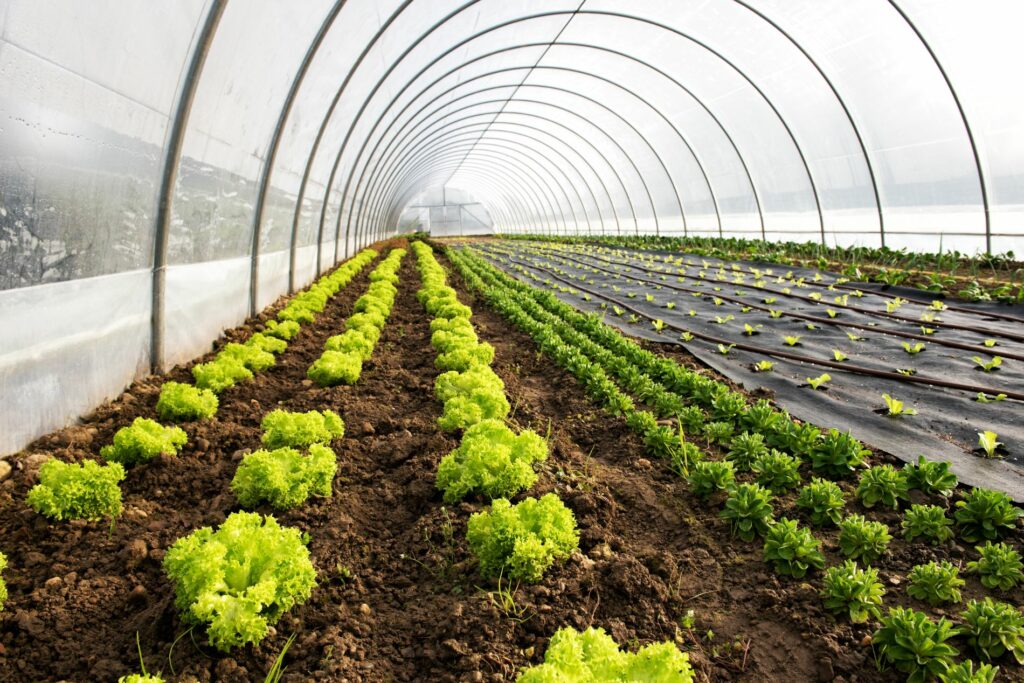
On The Jobsite
Contractors and site supervisors commonly deploy our sandbags for ballast as anchor bags––in holding down signage and tarping, and to prevent erosion at large and small sites alike. They’re also used in landscaping for filtration, separation, and protection purposes, and they’re frequently used in lighting and grip settings in the entertainment industry.
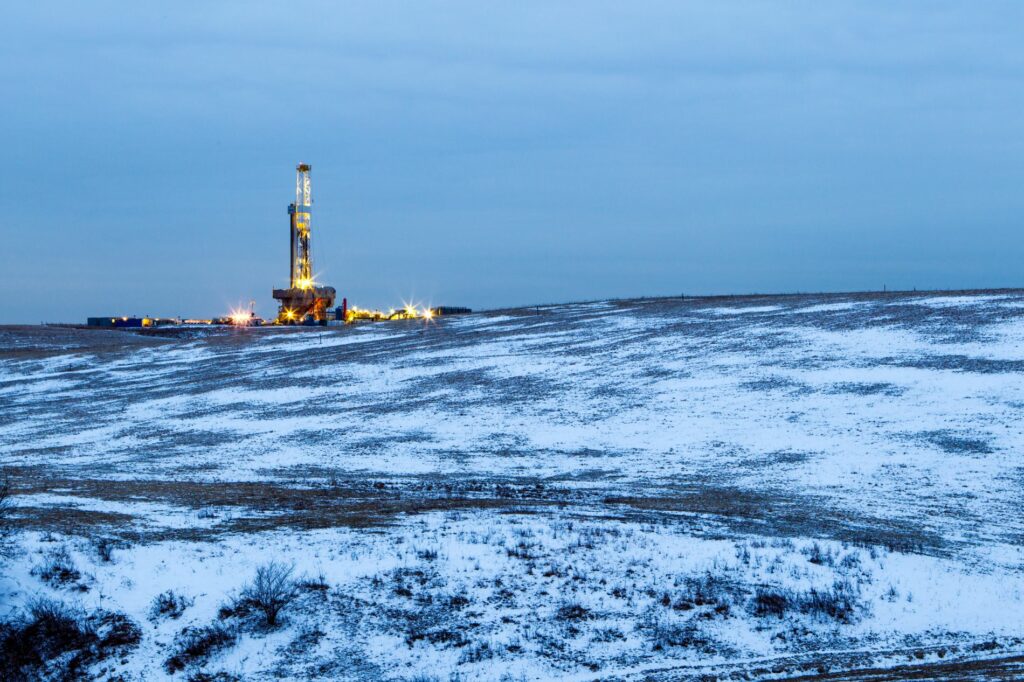
In the Energy Sector
Our customers include the oil & gas industry, which commonly use our sandbags in water control situations, erosion prevention, as well as in unique pipeline and extraction settings.
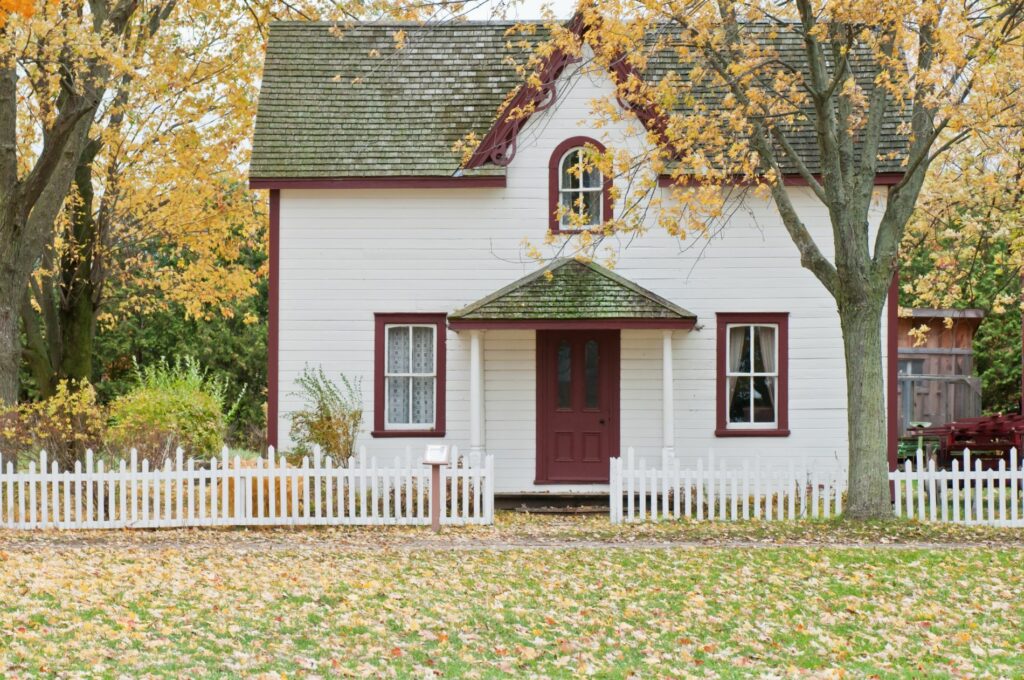
By Homeowners
Homeowners frequently deploy our sandbags as ballast, like weighing down pool covers over off-season months, tarping during construction projects, holding basketball hoops in place, and restraining canopies during outdoor events. From sandbags for raised garden beds to stream and slope stabilization, we’ve seen it all.
FAQS About Our Standard Sandbags
Sandbags are heavy-duty bags made from woven materials, typically polypropylene or burlap, that are filled with sand or other materials to create a barrier against water, soil erosion, or other hazards.
Sandbags have a variety of uses, including flood control, erosion control, construction, landscaping, military defense, and as weights for temporary signs or tents. They are also commonly used in emergency situations to protect property and people from flooding or other natural disasters.
At St. Boniface Bag Company, we take pride in our sandbags for their superior quality and durability. Our sandbags are made from high-quality woven polypropylene material that is tear-resistant and UV-stabilized for long-lasting performance. They are designed to be easy to fill, tie, and stack, and come in various sizes to suit different needs.
To fill sandbags, place the bag on the ground, fold the top flap over, and shovel or pour sand into the bag until it is about half full. Then, fold the top flap back over and tamp the sand down to remove air gaps. Repeat the process until the bag is full, and then tie the top with the provided ties. To use sandbags, stack them in a staggered pattern, overlapping the bags to create a solid barrier. It’s important to place them tightly against each other to prevent water from seeping through.
The number of sandbags you need depends on the height and length of the area you want to protect, as well as the anticipated water level. As a general guideline, it is recommended to use at least two rows of sandbags for effective flood control, with the second row staggered behind the first. The height of the sandbag barrier should be at least one to two feet higher than the expected water level. It’s always best to consult with local authorities and follow their recommend and follow their recommendations for flood protection.
The lifespan of sandbags depends on various factors, including the quality of the material, exposure to weather conditions, and frequency of use. However, St. Boniface Bag Company’s sandbags are made from high-quality materials and are designed to be durable and long-lasting, providing reliable performance for extended periods when properly stored and maintained.
Sandbags can be reused in certain situations, depending on their condition. If the sandbags are not damaged or contaminated, they can be carefully emptied of sand, cleaned, and stored in a dry place for future use. However, it’s important to inspect sandbags for any signs of wear or damage before reusing them to ensure their effectiveness.
We ship our sandbags throughout Canada and the United States. Shipping will vary by size and weight of the order, but we work hard to provide competitive shipping rates!
We also sell pre-filled sanbags.
For pallet orders, call to connect directly with our team about pricing.
Have Another Question? Fire Away!
Looking for More?
Check Out Our Other Product Lines
Order Sandbags Online or in Bulk Today!


Empty Economy Sandbags
Economical, UV-resistant sandbags to divert water, build temporary retaining walls, stop floodwater, and ultimately protect your valuables.
- Standard military- and municipal-spec 14″x26″ sizing, with drawstring
- Available in white or high-vis orange
- Resilient material with 1600 hours of added UVI protection
Pallet pricing on sandbags available! Use the “Get A Quote” function below or call today!
